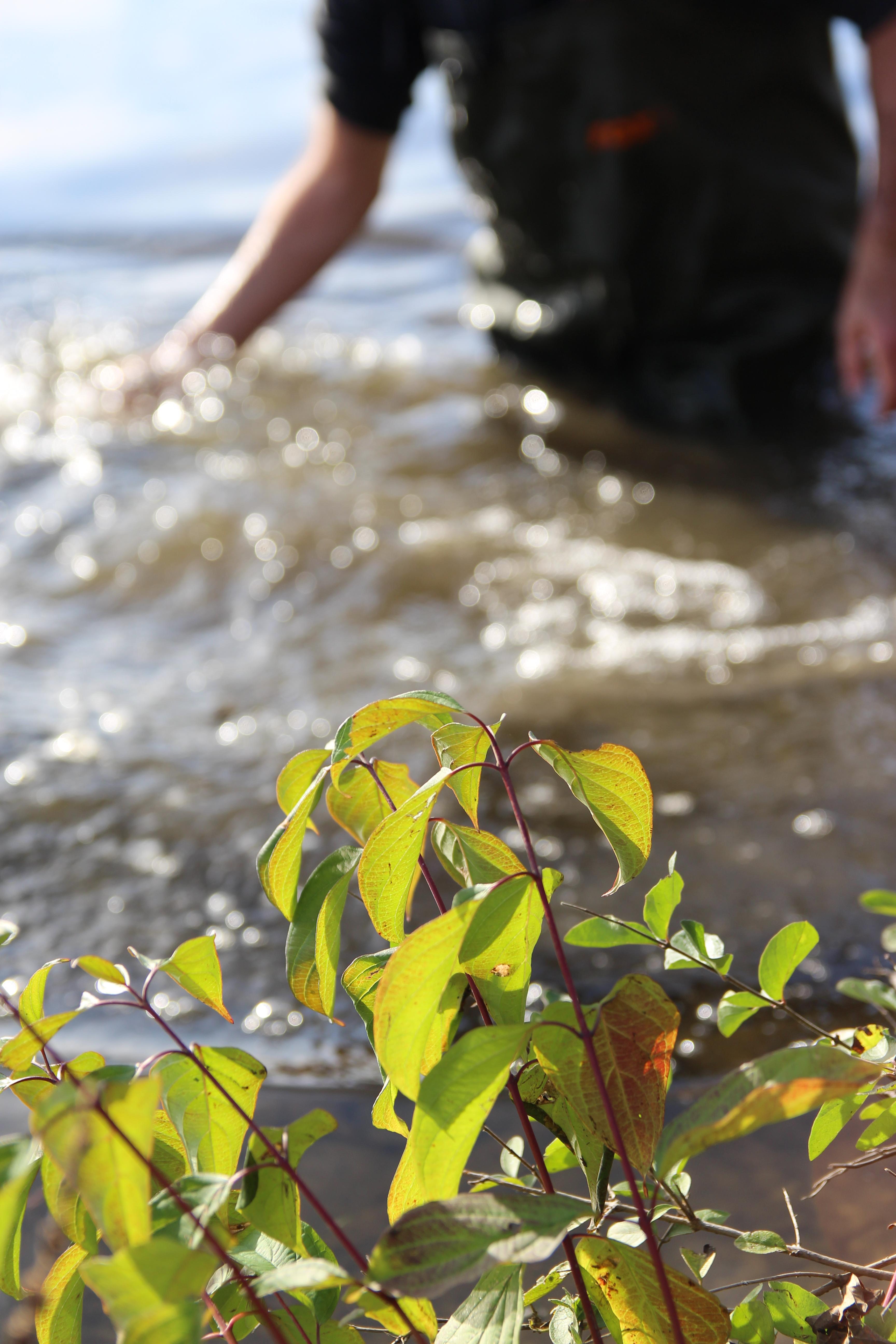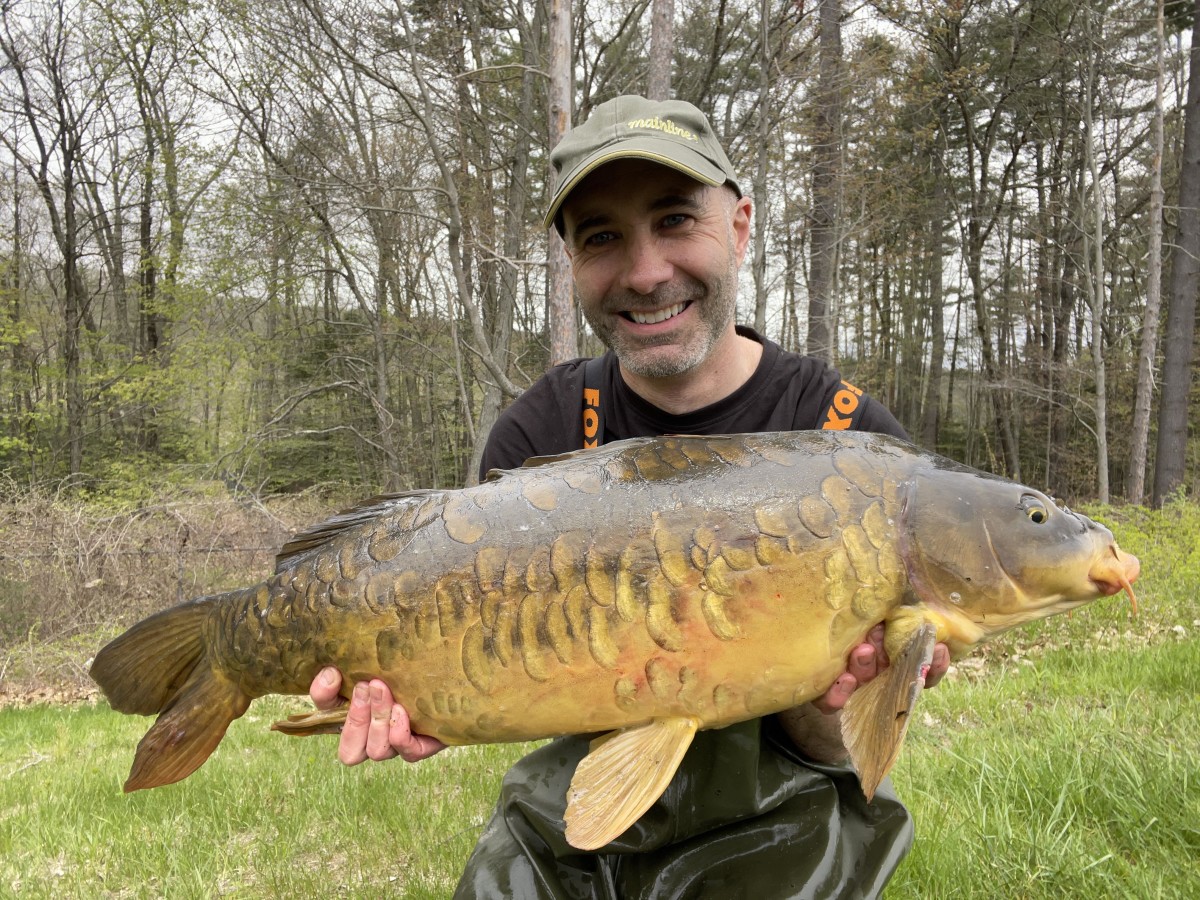
Making Hay Before The Sun Shines
Adam Clewer talks us through his Spring on the Connecticut River...
I have written before, or should that be worded, moaned extensively about the winters here in Massachusetts, USA. Keenness doesn’t come into it; carp fishing in winter simply isn’t possible with every lake and river frozen in ice for most of the colder months. Today, we’re a long way from winter. As I write, I am sitting on my deck, shorts, t-shirt, and flip flops sweating buckets. The outside pool is calling (and won’t have to wait for long). The current temperature is 95 degrees Fahrenheit, or 35 Celsius, for my European friends and family. It’s hot. Incidentally, today is cooler than someday we have experienced. And, comparing the climate in the North East of the U.S. to the other side of the country, two weeks ago, I was out west on the Nevada/California border, where temperatures reached 120 Fahrenheit, which is nearly 50c Celsius. You get the idea. It’s hot. You may be reading this somewhere in the world thinking, sounds nice – send me some of that sunshine! But you’re mistaken. Remember the title of this fine publication? We’re carp anglers. And while I never envisioned this dilemma before moving here four years ago, carp fishing in extreme heat is uncomfortable, unenjoyable and not particularly successful. Of course, I have tried; the first three summers I lived here, I fished throughout the hottest months of July and August. Results were poor and circumstances hard, with bites from mosquitos and ticks far surpassing the number of carp caught.
So, what to do? My current answer, fish hard in the spring and autumn (Fall for my American friends). And that is exactly what I did this spring – and it worked remarkably well.
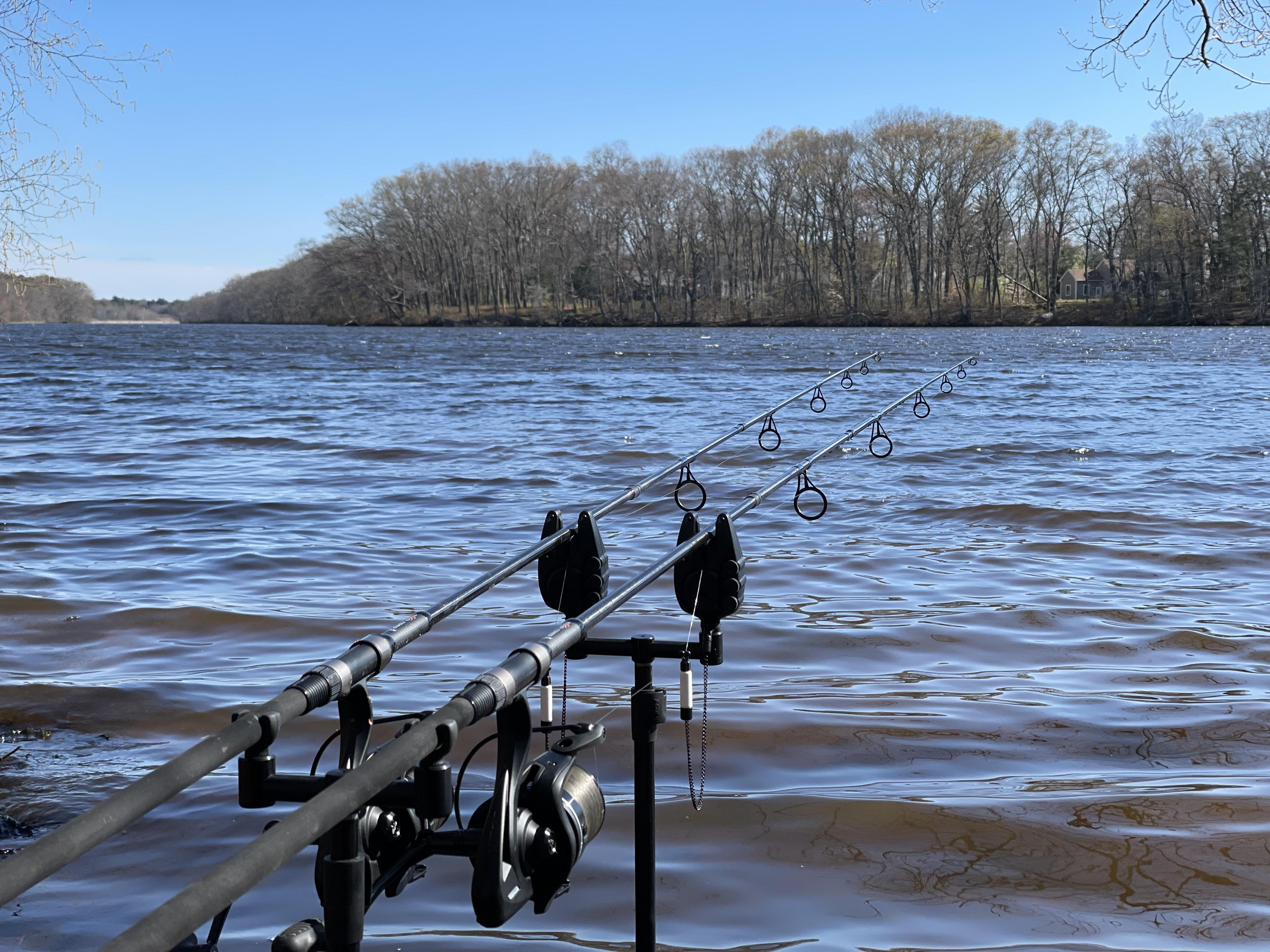
Eager to get the year underway, I got the rods out early in the year and suffered several cold fishless trips. Saying that, I didn’t mind, as I believe the first and the last session of the year probably should be blanks; otherwise, I either arrived too late or hung the rods up for winter too early. I kept going, and as March gave way to April, I began to catch. My spring sessions were split between a lake of approximately 120 acres (the smallest lake I have fished over the last four years), and the Connecticut River in Western Massachusetts. The lake seemed the most sensible place to start as it was closer to home, meaning I could keep some bait going into some areas of interest. Results were encouraging, with the shallower areas yielding daytime bites on most trips. Night action was slow at first, possibly because of the cold temperatures when the sun set behind the trees. Tactics were simple as always: Mainline Essential I.B. boiles, maize and pellets. My bait bucket remained the same until the water temperature warmed up and stimulated the catfish to hone in on my pellets. From that point on, boiles and maize became the norm.
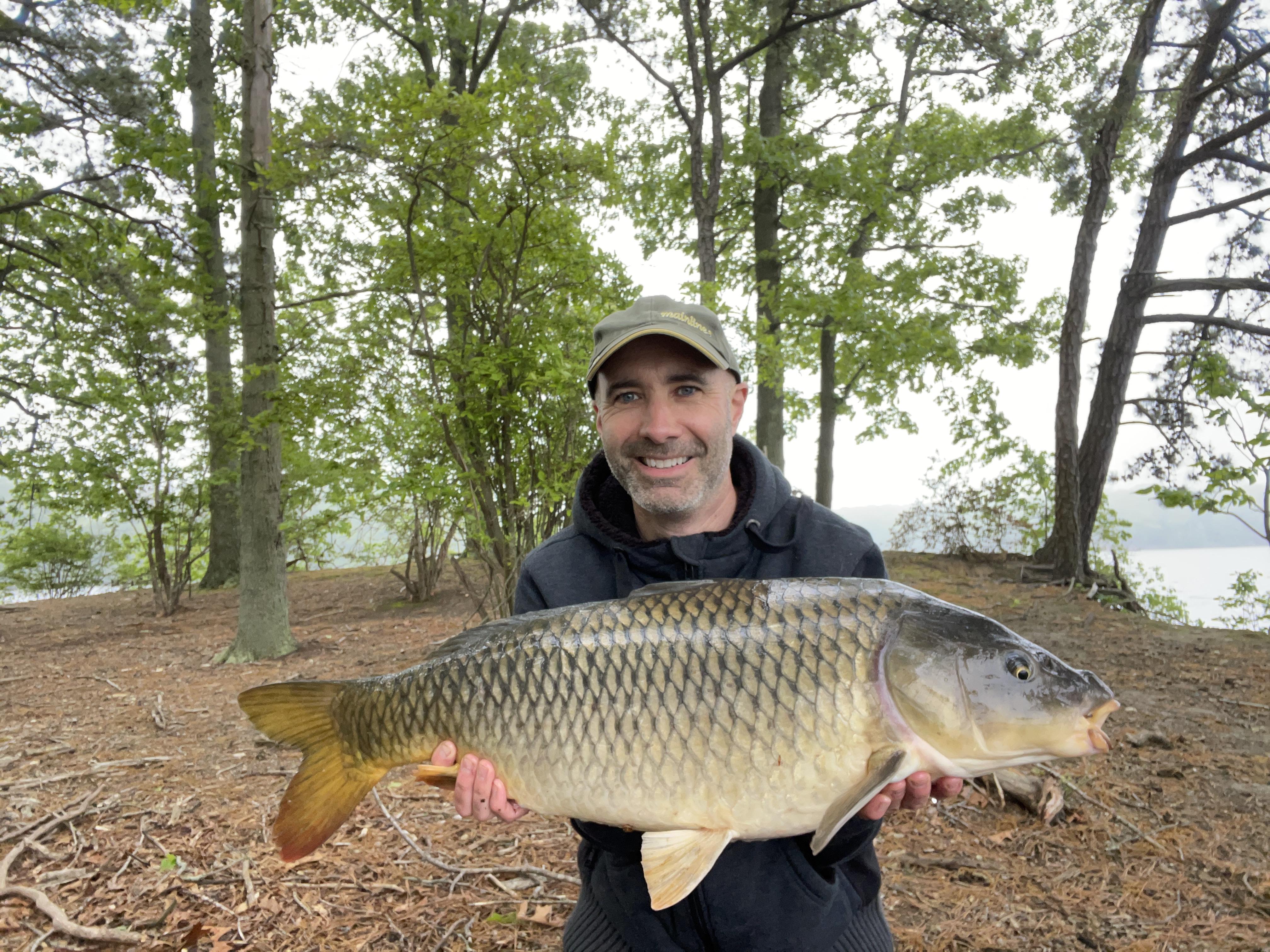
Perhaps my favourite thing about fishing on the lake was that I only ever saw one other angler – and that was a friend, Dave, an experienced fisherman who had his own areas going, leading to some impressive catches. At the beginning of the spring, I mapped out several new areas utilizing my Fox inflatable boat and Deeper sonar. This led to some subtle pruning and swim building – enough space for me to fish, but not so much as to give locations away. As spring moved on, I began to faze out my lake fishing and instead point the car the 2hrs west in the direction of the Connecticut River. While some stretches of the C.T. hold shoals of the fish, the areas I fish are not necessarily numbers spots but do produce a better than average size. My first night on the river was slow, with no action until first light—a wonderfully scaled mid-twenty mirror welcomed me back to the big river. Over the coming weeks, the fishing improved each trip. All my sessions were short, usually fishing overnight until lunchtime the next day. One notable shift was the feeding times. Usually, dawn and dusk were reliable times for a bite. As the spring moved into early summer, bite times widened with action coming at any time of day.
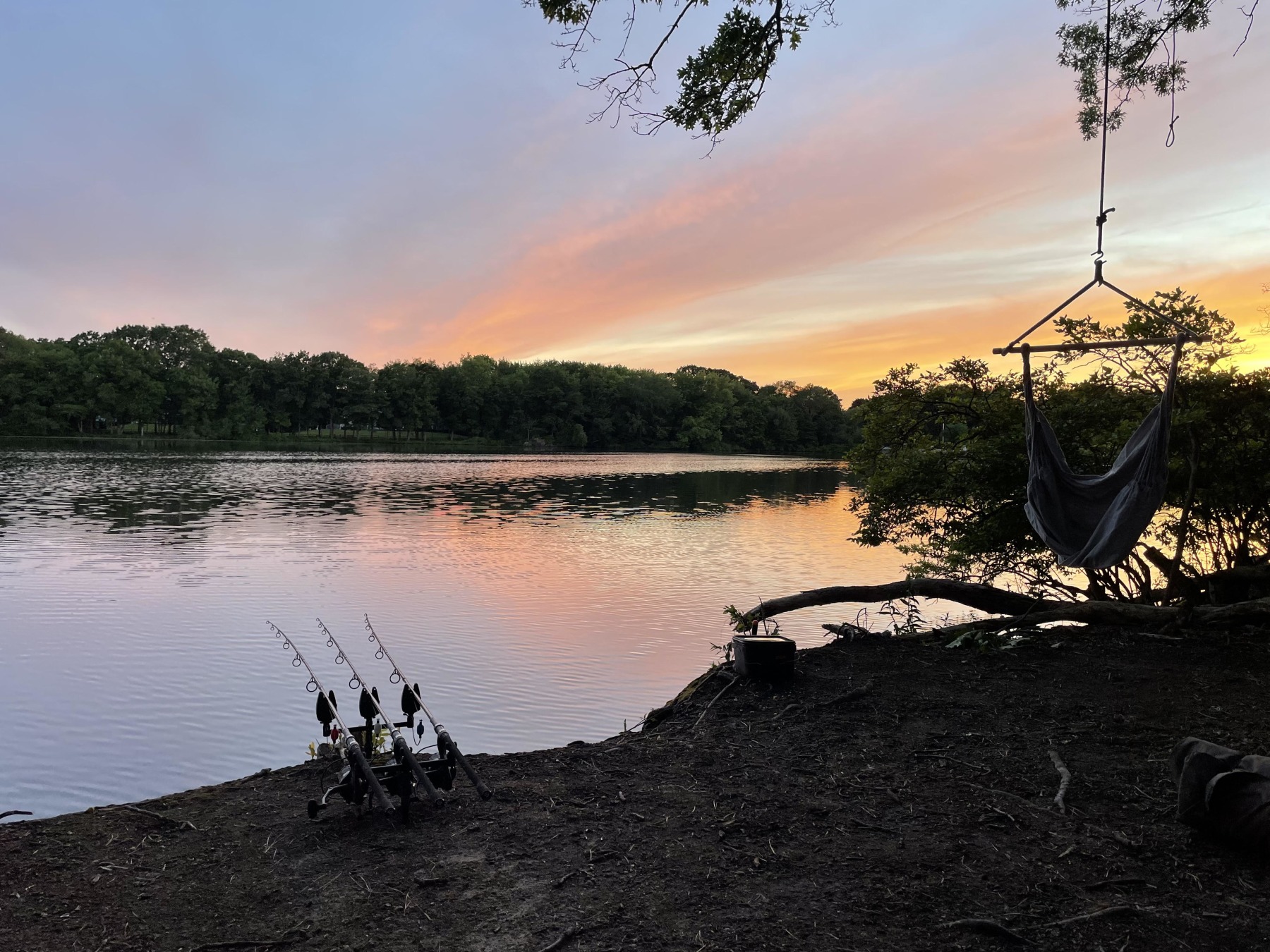
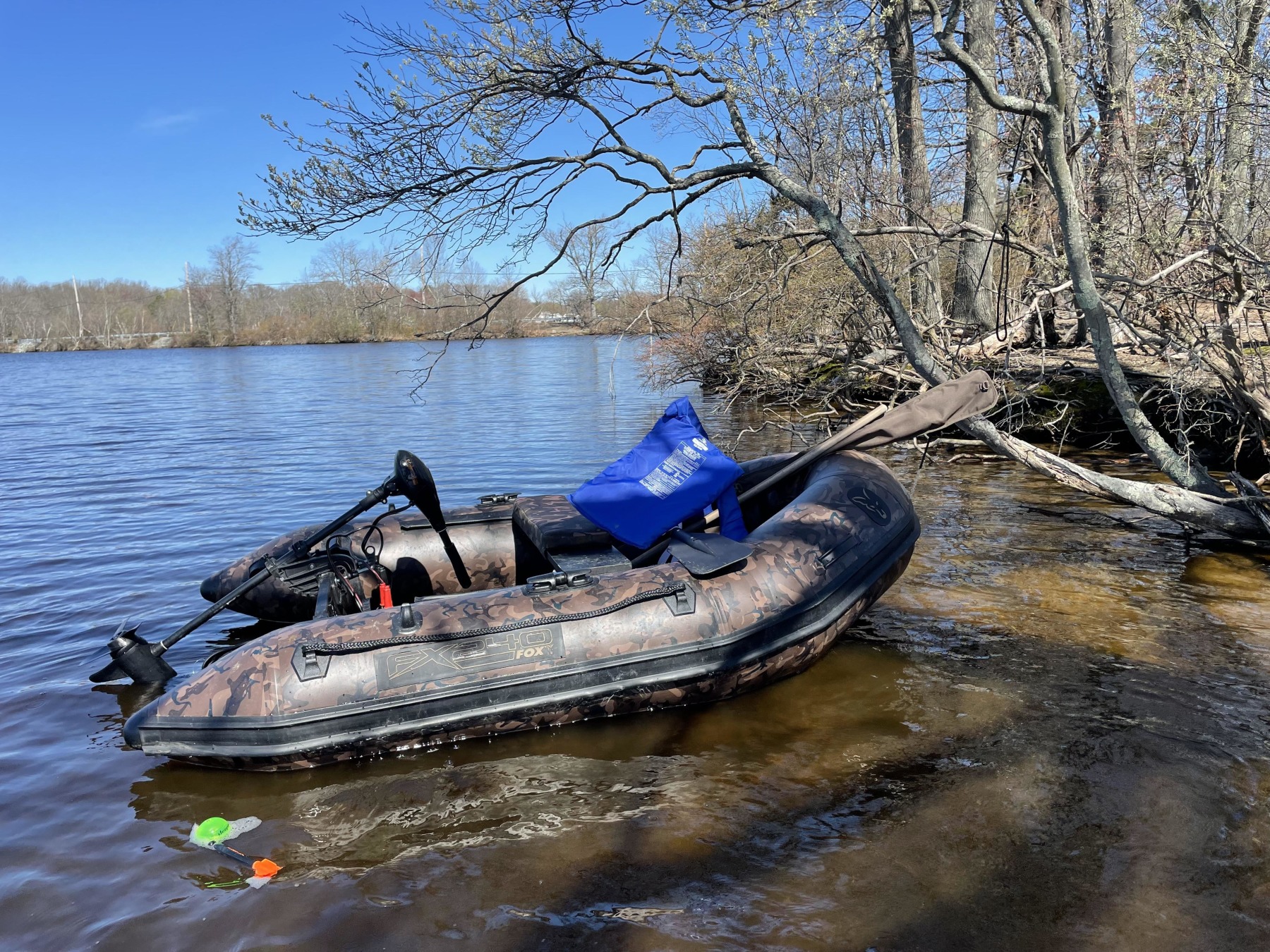
As expected, the stamp of fish on the Connecticut River was bigger than the lake. On average, the lake produced lots of upper doubles to mid-twenties, while the river rarely produced a fish under twenty pounds, with numerous bigger fish to mid-thirties. The Connecticut River is somewhat special in the U.S because it contains a remarkable number of mirror carp – a rare beast in the States. As always, tactics and tackle used were simple: stiff hinge pop-up rigs fished over beds of boilies. One adjustment in my fishing was the quantity of boilies I was using. As expected, the increase in action meant more bait. As summer began to heat up, it wasn’t unusual to use 4-5 kilos of boiles per night. For some, this sounds like a lot; knowing how hungry post-spawn carp can feed, it really wasn’t.
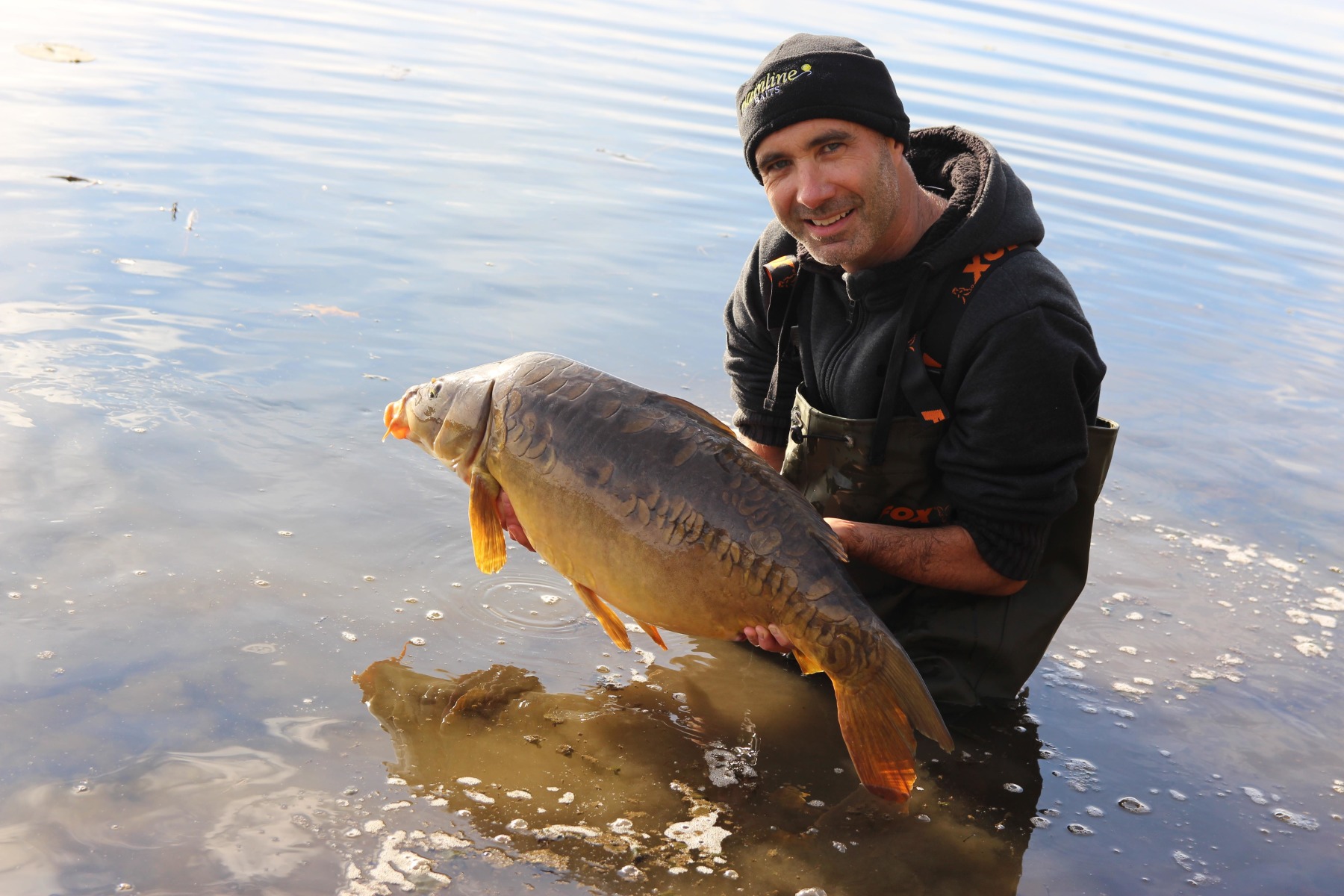
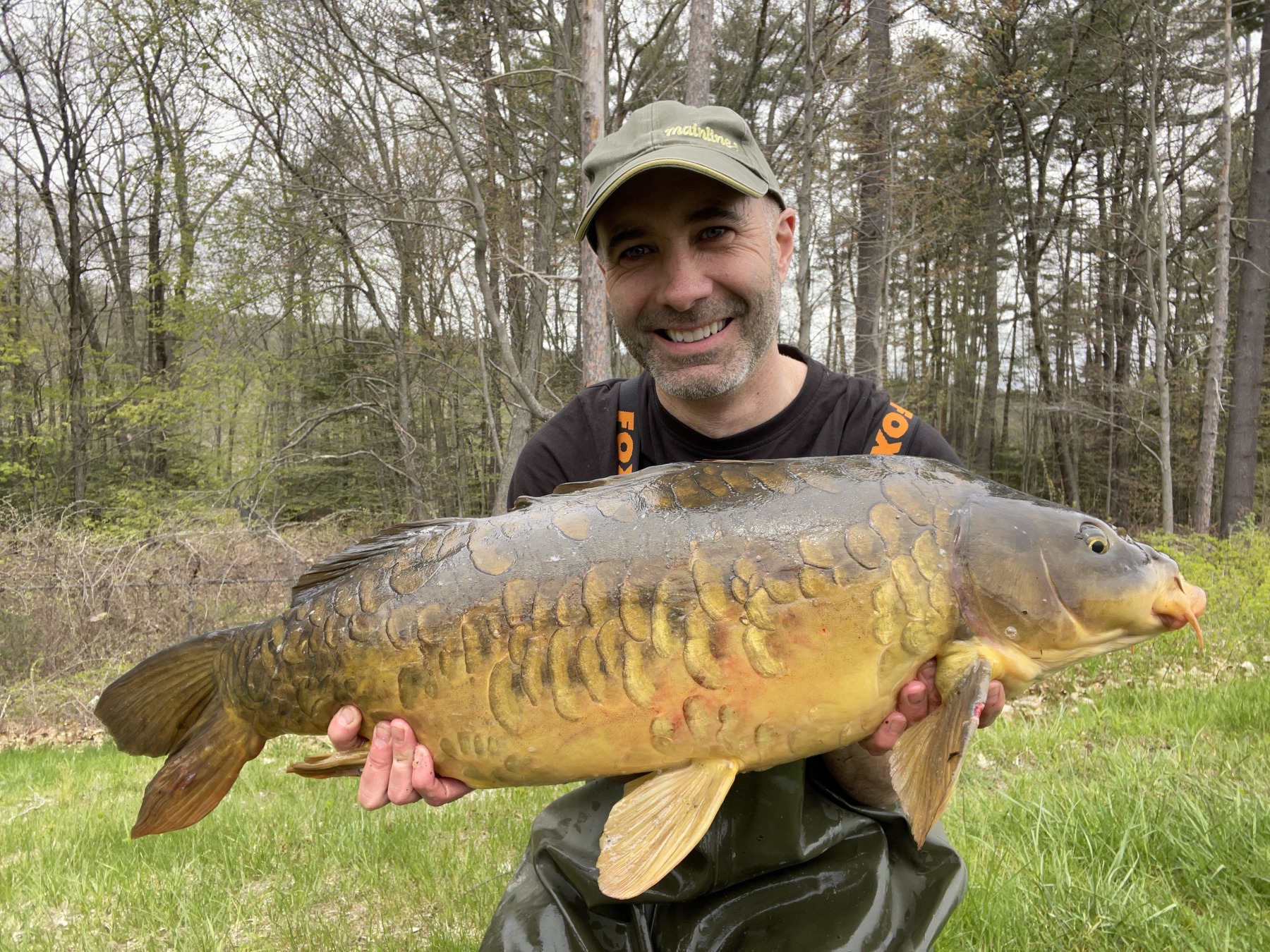
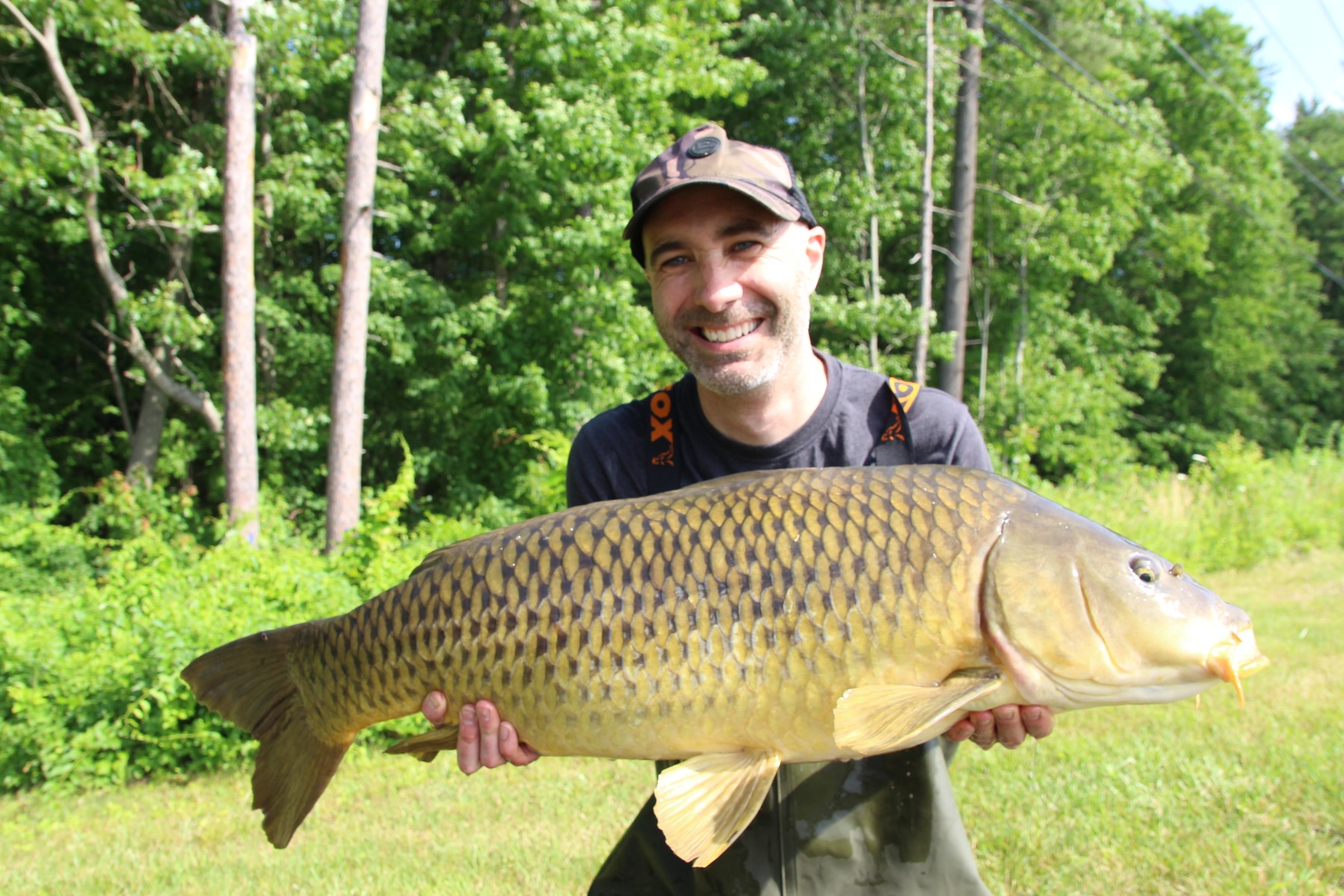
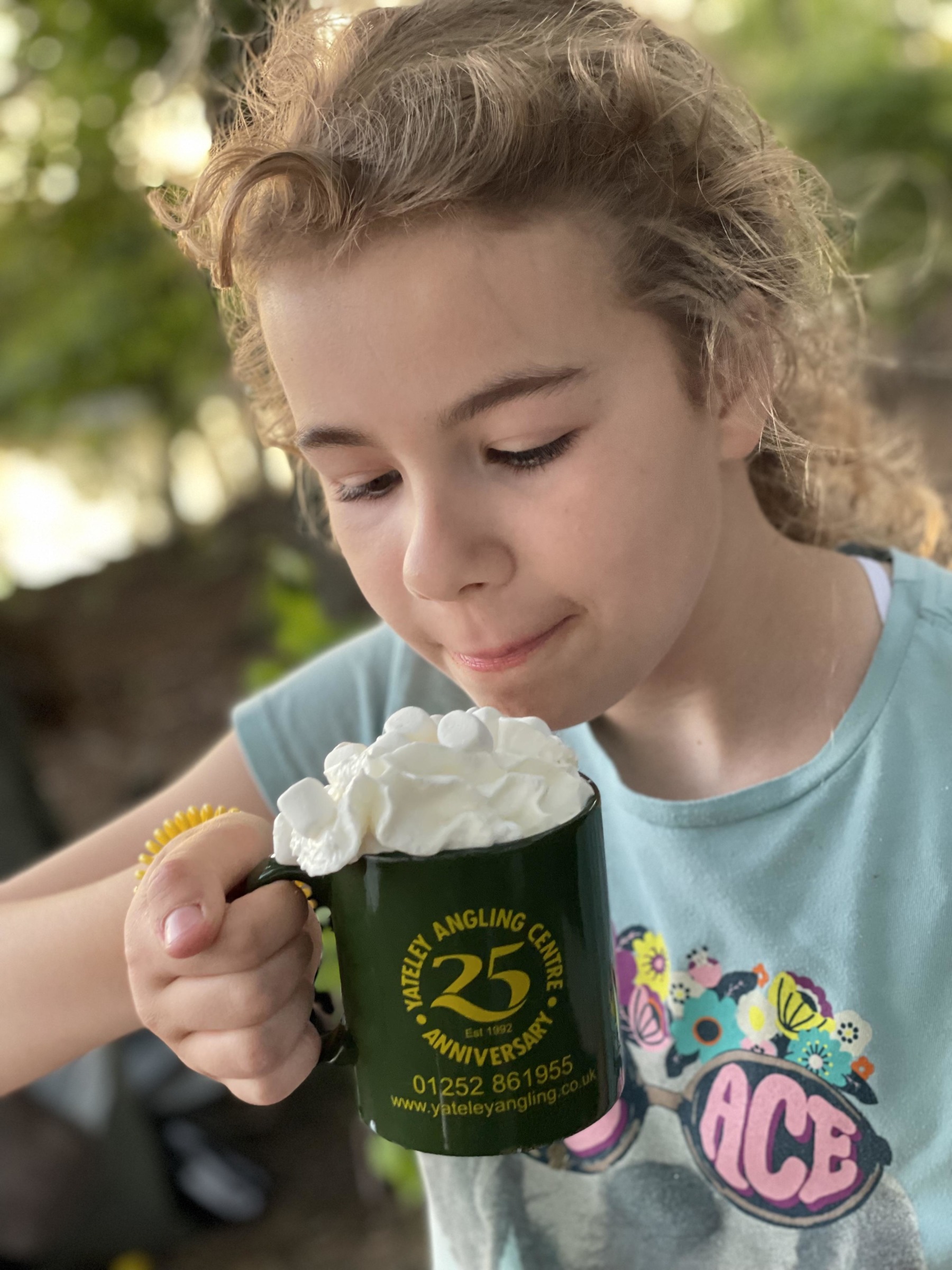
As the action began to cook, so did the temperatures. During the days, I spent hours searching for shade, dodging the sun wherever possible. An aroma of suntan lotion, bug spray and sweat became the norm. Humidity at night wasn’t fun either. As June gave way to July, I was done. I concluded that I had indeed made plenty of hay before the sun shone its brightest.
I’ll be back. Roll on September.
